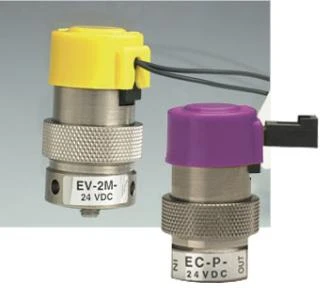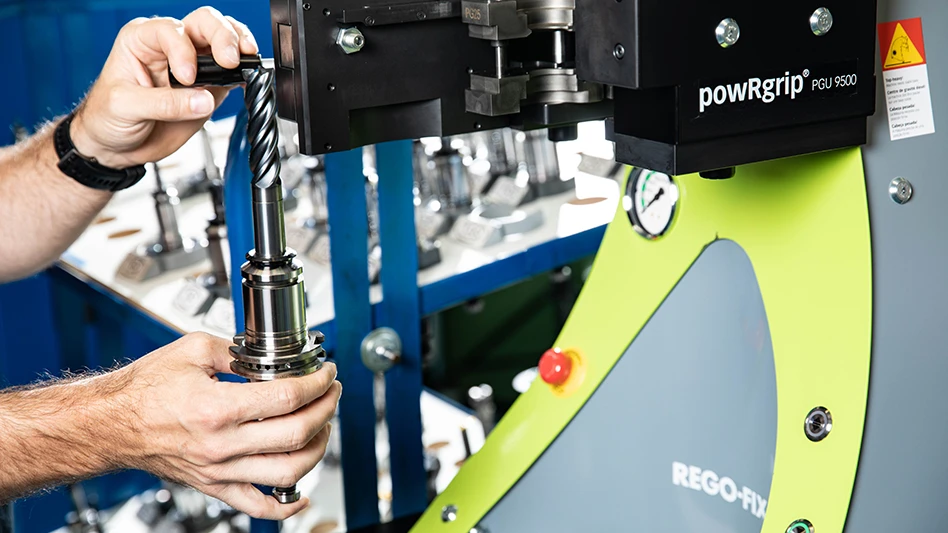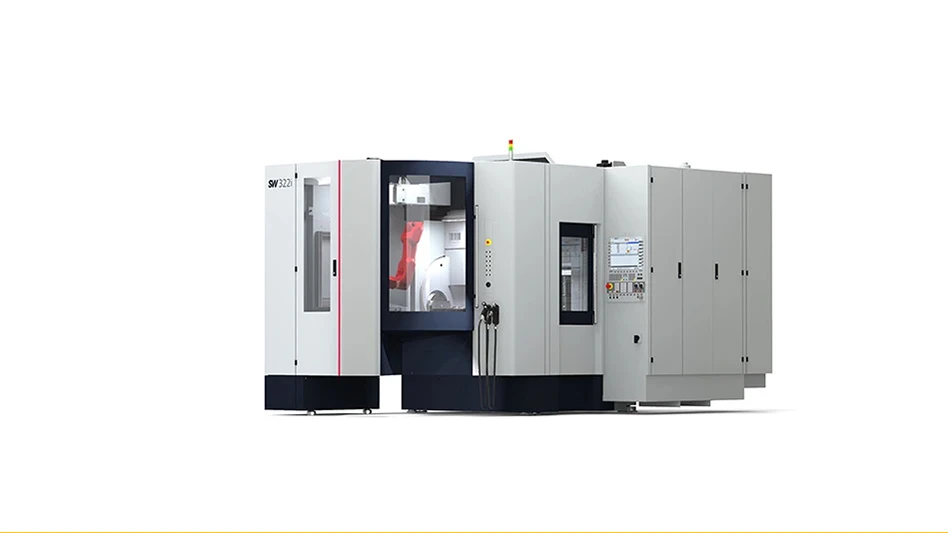
Design engineers of medical equipment face plenty of challenges as more is demanded from their products, while at the same time unnecessary costs must be removed or trimmed. Pressured to reduce size, noise, and even required power, the designer must not compromise quality, performance, or long life. In addition, the engineer should always be looking for new methods and products to enhance features for future equipment. These challenges are being heard "loud and clear" by many component manufacturers, even manufacturers that typically serve other industries.
A good example is electrically operated control valves. Many solenoid valves were designed for the control of hydraulic fluid or air for the purpose of performing some form of work, such as lifting heavy loads, or opening doors. These valves, usually simple in design, did not meet cleanliness or quality standards for medical equipment, but had the potential for use in many medical applications, if these weaknesses could be overcome.
A big problem existed with the typical design of these valves that made them ill suited for medical use. The overwhelming majority of solenoid valves were large, noisy, and not very long lasting. In their element, these were not very serious problems, as they were easy to replace and fairly inexpensive. Also, most solenoid valves utilized a sliding armature within a coil. This design makes contamination (due to sliding surfaces) a likelihood, and keeps the life expectancy short (again, due to friction and resulting wear).
In 1974, Mr. William Leonard Clippard, Jr, founder and president of Clippard Instrument Laboratory, Inc, changed all of that. Utilizing a flexing armature, Mr. Clippard was able to introduce a valve that requires a low power to operate which is smaller, very quiet, and lasts much, much longer than conventional solenoid valves while not producing contamination in the system.
Since that time, refinements to the design have resulted in a solenoid valve series that is capable of over a billion cycles while reducing noise, operating at lower power, and achieving high reliability. This is why this valve series is now quite well known for its extensive use in medical respirators, ventilators, oxygen conservers, concentrators, anesthesia machines, and other air/oxygen devices.
Two years ago, Clippard introduced a proportional control version of this valve series, which adds more control options and flexibility, while not compromising the long life, low noise, and small size of the original series.

Explore the May 2005 Issue
Check out more from this issue and find your next story to read.
Latest from Today's Medical Developments
- Tariffs threaten small business growth, increase costs across industries
- Feed your brain on your lunch break at our upcoming Lunch + Learn!
- Robotics action plan for Europe
- Maximize your First Article Inspection efficiency and accuracy
- UPM Additive rebrands to UPM Advanced
- Master Bond’s LED415DC90Med dual-curable adhesive
- Minalex celebrates 60 years of excellence in miniature aluminum extrusions
- Tormach’s Chip Conveyor Kit for the 1500MX CNC Mill





